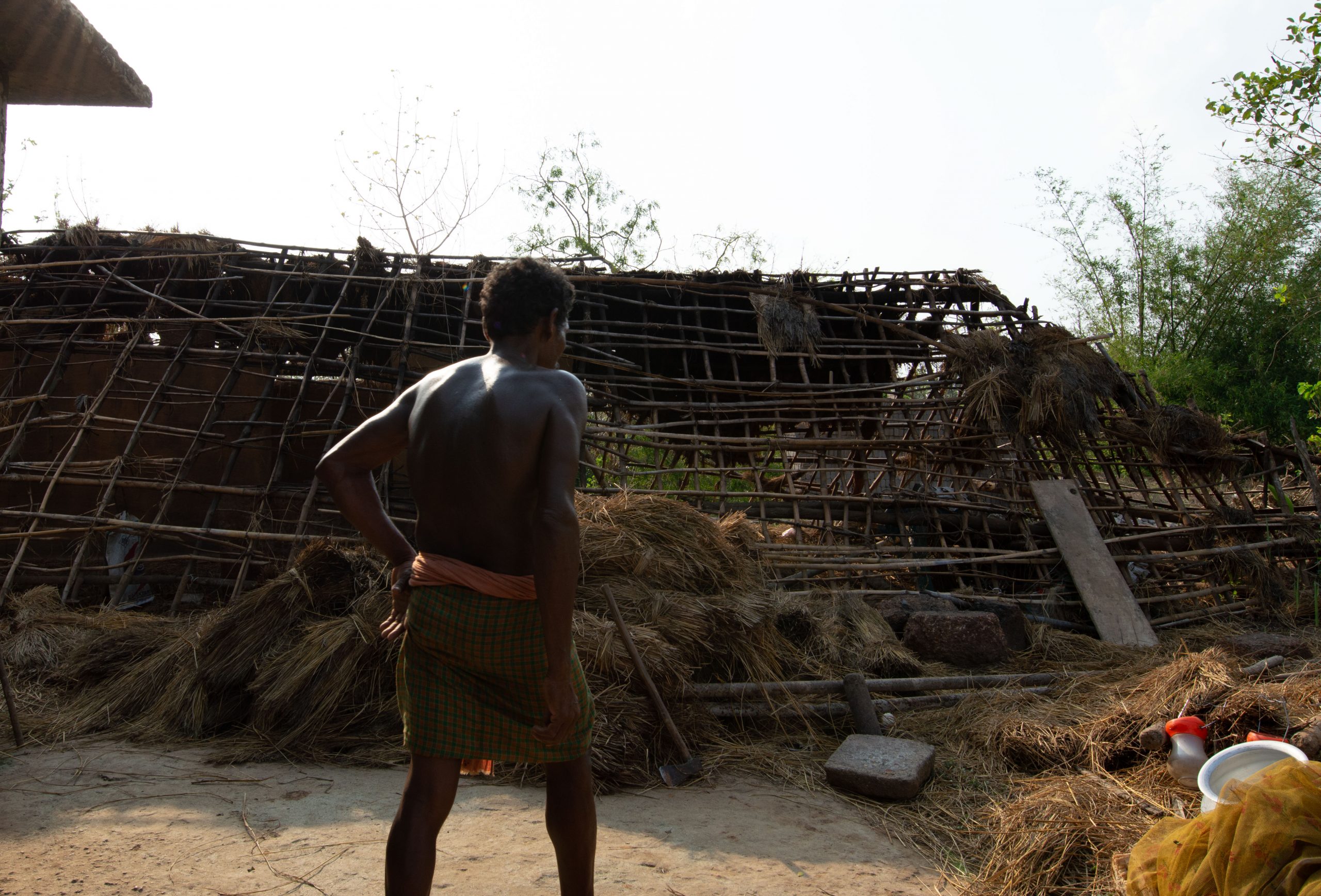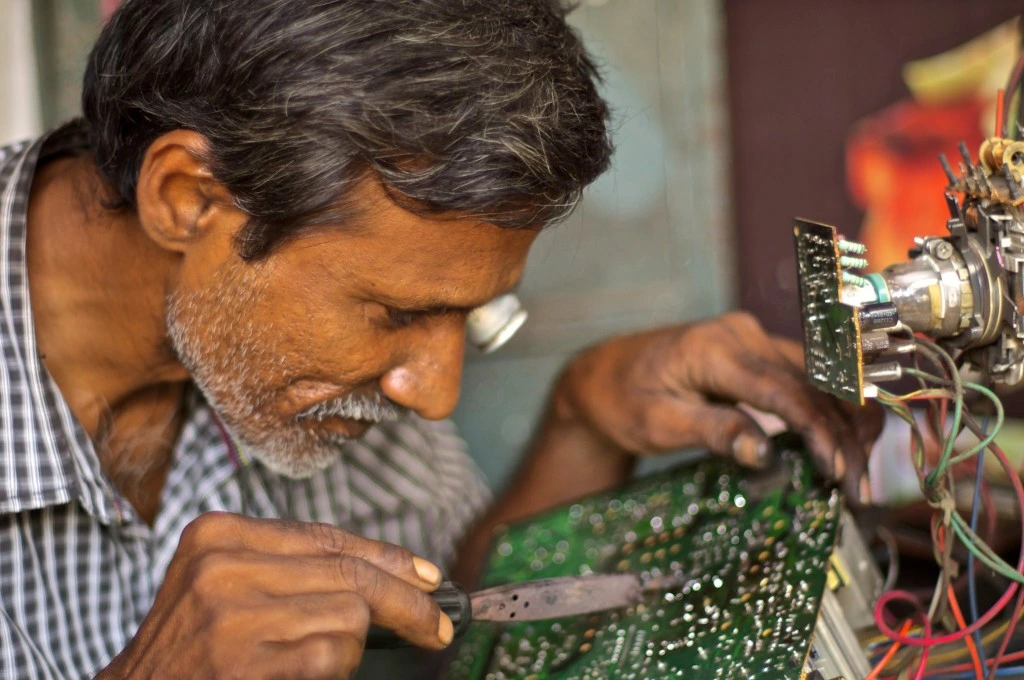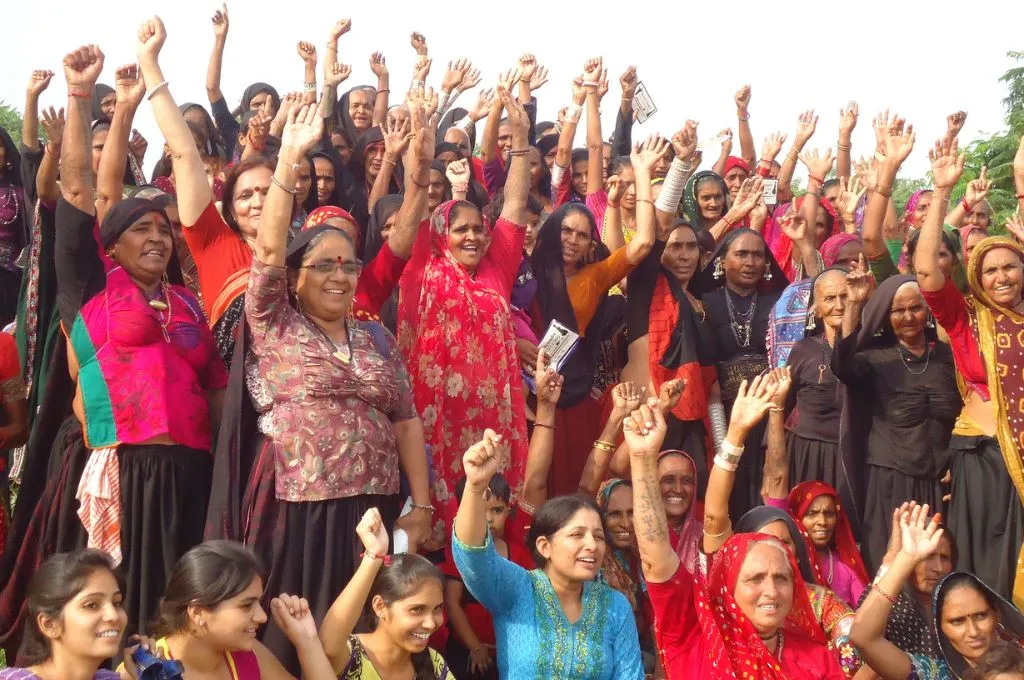Cyclone Fani is a rare phenomenon for a tropical cyclone, even for Odisha, a favourite playground for these storm systems that leave behind such destruction on a regular basis. The ‘rare’ness comes from the season in which Fani chose to visit – towards the end of the summer season. Most of the cyclone-caused disasters in recent memory have happened in October or November.
We cannot approach the response to Cyclone Fani, in the way we have approached other cyclones.
The effect on food security
When a cyclone hits in October or November, the kharif crop is standing and often gets damaged. That means an average farming family will probably have no food production for the rest of the year and will need food aid till the next crop is harvested. Given that there is very little irrigation coverage in most of the places where a cyclone hits, the next harvest will be a year away.
Related article: Rethinking our approaches to disaster relief
In a summer cyclone, it is not the standing crop that is damaged, but the seeds and other inputs stocked or prepared for sowing in the kharif season that starts in June or July. The livelihood rehabilitation measures needed then are very different from that of a winter cyclone. The farmers will need immediate support for inputs, and as almost every farmer raises the kharif crop, the numbers to be covered are very large.
Where do farmers obtain inputs?
A perusal of the official agriculture statistics of Odisha for 2014-15 reveal that the coverage of registered seeds for paddy was sufficient to cover about 17.5 lakh hectares of paddy crop. The same year, cropped area under paddy was 38 lakh hectares. Only 45 percent of the paddy is grown with seeds obtained from the market. More than half the crop is raised using seeds stored by the farmers. In case of the areas affected by Fani, it is quite safe to assume that a large chunk of the stored seeds have been damaged or lost.
Are we staring at the possibility of paddy land left fallow during the forthcoming kharif season? The food security implications of this are huge.
Puri and Khurda, the two most affected districts have about 2 lakh hectares of land under paddy in the kharif season. The total paddy seed requirement will be about 6,000 metric tonnes. For the 2019 kharif season this entire quantity will have to be supplied from outside the area. This is more than 10 percent of the total seed supply that government agencies are capable of doing, as per available statistics for the state. Government of Odisha will not be able to divert any supply from other districts as it will affect paddy production elsewhere. Further, the type of seed that is needed for the agro-climatic zone in which Puri falls, will not be available elsewhere.
Kharif seed preparation in Odisha will start by mid- to end-June. How such large quantities of paddy seeds can be made available to farmers within the next month or so needs to be figured out very quickly.
Are we staring at the possibility of paddy land left fallow during the forthcoming kharif season? The food security implications of this are huge.

Picture courtesy: Gram Vikas
Ensuring shelter
When a cyclone hits in October or November, the monsoon has typically reached its fag end in Odisha. What people need to be prepared for is protection from cold weather in the winter months, which are moderate in the case of Odisha. This leaves ample time to rebuild houses on an incremental basis. In the case of a summer cyclone, the shelter challenge is more complicated. The onset of the south-east monsoon in Odisha is typically around 15 June as per information provided by IMD. Once the monsoon sets in, there will be continuous rains and people will need robust shelter to protect themselves and their belongings. A roof and walls that can withstand the rains are therefore an urgent necessity.
Rebuilding the houses affected by the cyclone will be a long drawn affair.
As per the 2011 Census, the proportion of households living in semi-permanent or temporary houses was 36 percent in Khurda as a whole, while it was 52 percent in rural areas of the district. The corresponding numbers for Puri were 51 percent in total and 56 percent in rural areas. In all, about 3.05 lakh rural households were living in semi-permanent or temporary house structures in 2011, in the two districts.
As per data available from the Rural Development department, about 1.3 lakh houses have been built under different rural housing programmes since 2014-15. That still leaves 1.5 lakh households living in non-permanent structures. It is safe to assume that a large proportion of these houses have been damaged by the cyclone.
Rebuilding the houses affected by the cyclone will be a long-drawn affair. Any large-scale, new construction in the area is unlikely to begin before November 2019, given that bricks and sand will not be available in large quantities during the monsoon season, and labour will be engaged primarily in farming.
It is possible to support families to temporarily rain-proof their houses. This will depend on the nature of damage suffered by the houses and the availability of suitable materials for roofing and wall construction. If the walls are standing, temporary roofs using asbestos, corrugated iron or tarpaulin sheets can be used. Tarpaulin sheets can also be used to provide temporary walls, to prevent ingress of water during rains. Large quantities of bamboo and/or wood will be needed to support the roofs and walls.
The best approach to solve these immediate challenges, especially that of shelter, is to mobilise the affected communities themselves.
The government may provide cash grants for immediate house repairs. But the people receiving these grants will not be able to make proper use of them as there will be a severe shortage of materials. And unlike after a winter cyclone, repairing of the houses cannot wait, it has to be done in the next two or three weeks.
Need for partnerships and innovative methods
Both the issues discussed above – food security and shelter – present unprecedented challenges to the government and other agencies engaged in restoration activities in cyclone-affected areas. Even for very experienced relief agencies, this will be a new situation. Unless innovative methods are deployed immediately, we are looking at a double or triple whammy, for the households of economically weaker sections of the population.
Getting communities on board
The best approach to solve these immediate challenges, especially that of shelter, is to mobilise the affected communities themselves. The immediate shelter restoration activity should become a community-managed one, rather than a techno-managerial solution provided by the government or a funder. Financing norms will have to be tweaked and the collective ability of the communities, where possible, will have to be triggered. This will lead to retrieving available materials from the damaged structures, common procurement of materials where necessary, and pooling in of labour to help each other. In many villages, the problem of shelter can be solved with this approach.
Government can bring in reliable civil society organisations to facilitate this process, and support them with finances to meet the costs of mobilisation.
The problem of inputs for farming is a more complicated one. Even here, triggering the rural communities’ ability to help each other may help surmount a part of the challenge.
What is needed now is thinking outside the box and trusting the other – be it the village community, civil society organisation, or the government.





